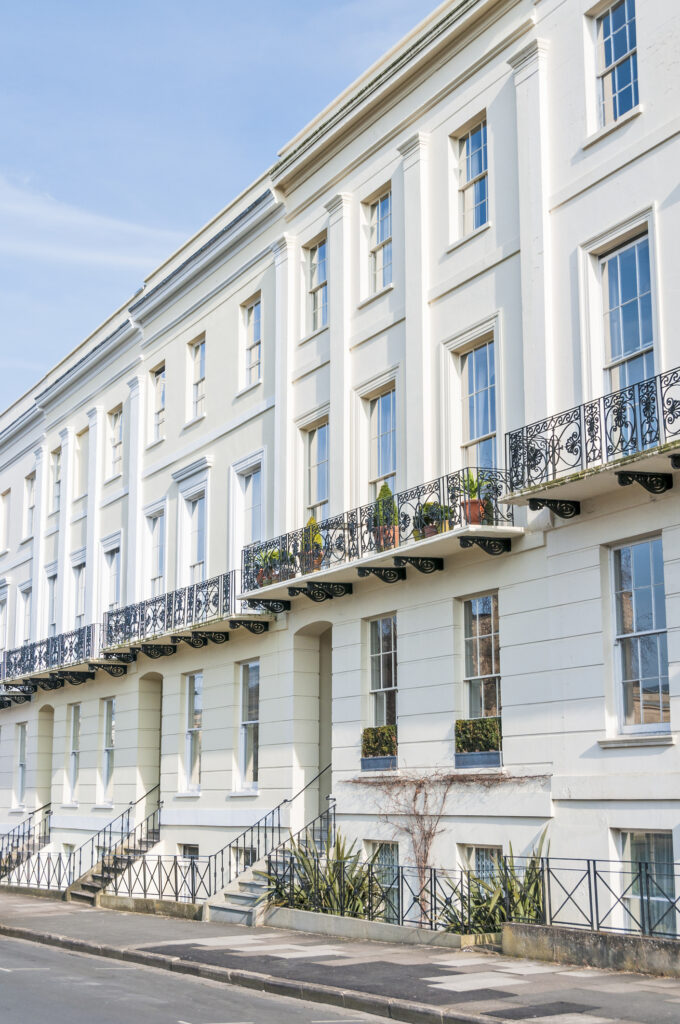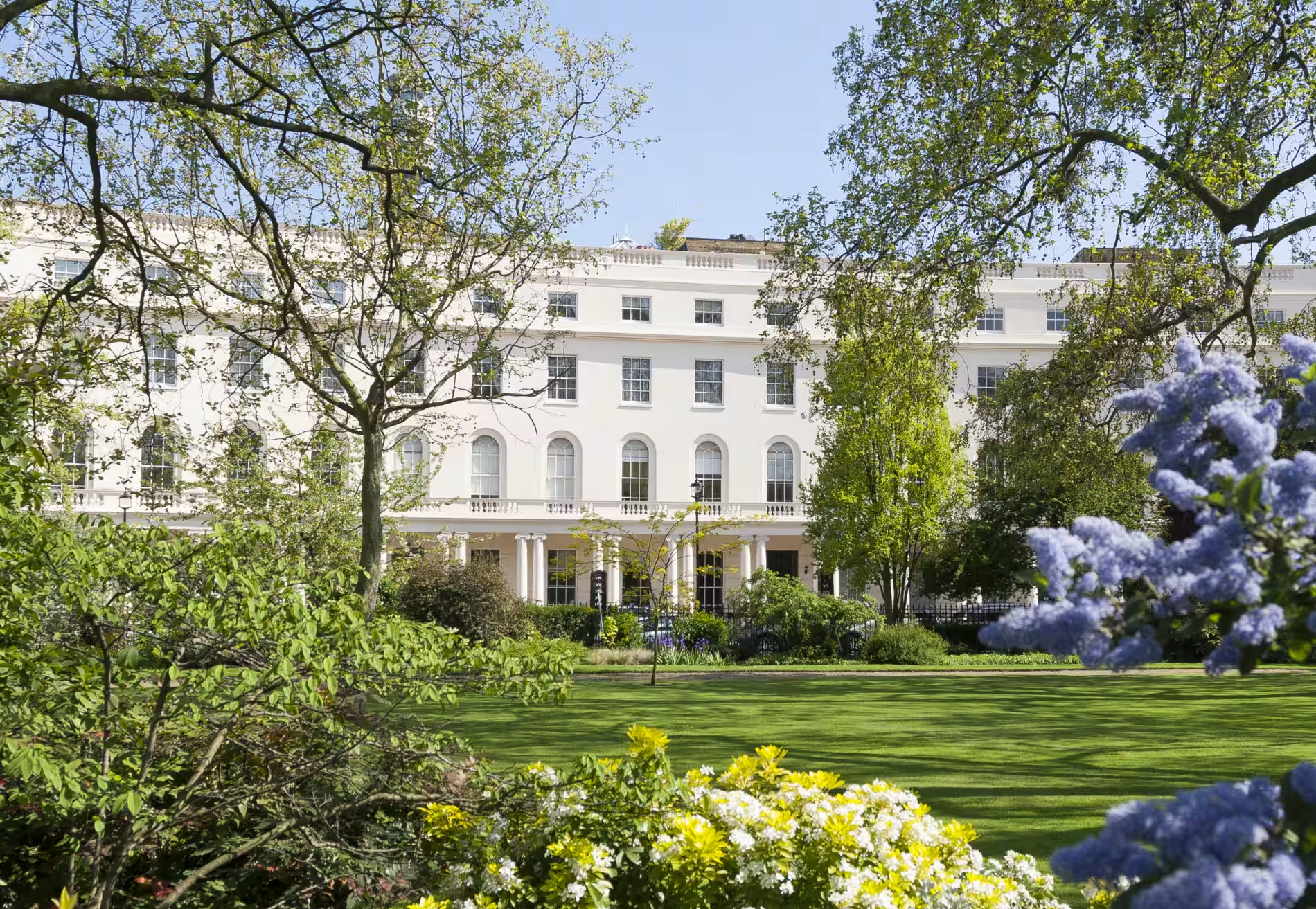The UK property market allows individuals and business owners to choose between leasehold vs. freehold properties based on their specific needs. Leaseholds alone comprise nearly 5 million properties in England, equivalent to 20% of homes. In this guide, we will explore what you need to consider about leasehold vs freehold properties, including tenant improvement cover and the type of contents insurance you need.
In this article:
- What is a freehold?
- What is a leasehold?
- What is tenant improvement cover?
- What type of contents insurance do you need for a leasehold?
What is a freehold?
You own the building and the land it sits on for an unlimited period with a freehold, meaning that you are responsible for building maintenance and management. As the freeholder who owns the property, you don’t have to deal with a landlord or pay ground rent, service charges or fees. Below, we outline the three key types of freehold.
1. Fee simple absolute
Fee simple absolute is the most common type of freehold. It gives you as the owner complete indefinite control over the property and the land it’s built on for, as long as you meet their obligations, such as paying property tax. You will own the land forever, and your legal ownership of the property is registered with the land registry. You can also leave the property to anyone in your will.
2. Fee simple defeasible
This type of freehold is less common in the UK and comes with more limitations on the owner. With a fee simple defeasible type of freehold, owning the land comes with certain conditions – for example, the freehold must only be used for specific purposes. You must meet these requirements to retain ownership of the property. It’s important to remember that there are many different pre-existing conditions that a freehold might be subject to, so you’ll need to check this before purchasing the freehold.
3. Life estate freehold
Ownership of the property lasts for the duration of the owner’s life. After they pass away, the ownership will transfer to their named heir. This type of freehold enables the owner to live in the property and make alterations as they require while making it easy to transfer to whoever they choose after their death.
Buying a share of the freehold
If the property is a leasehold, there may be an opportunity for you and your fellow leaseholders, such as the other people living in a block of flats, to buy the freehold from the current freeholder collectively. If at least half of the leaseholders agree, you can acquire a share in the freehold. By obtaining the freehold, you gain control over your property and have a greater say in managing the associated expenses. It also allows for a straightforward lease extension, ensuring long-term security.
To buy the freehold, you and your fellow leaseholders must serve a Section 13 Notice on the freeholder. A Section 13 notice is the formal notice which starts the official statutory collective enfranchisement process. As part of this process, you and your fellow leaseholders must also establish a company to manage the building or hire a managing agent to handle these responsibilities on your behalf. Freeholders willing to sell the freehold of a block of flats are usually required to offer the current leaseholders the right of first refusal.
Freehold insurance
As a freeholder, you are responsible for securing building insurance for the property. This covers the building’s physical structure against risks such as subsidence, storm, flood and fire damage. However, it doesn’t cover the building’s contents, including your or your tenant’s possessions. Other types of insurance products you should consider as a freeholder include:
- Public liability insurance: If someone is injured while on your property, or your property is damaged.
- Legal expenses insurance: Covers legal costs associated with any issues or disputes related to the property.
- Home emergency: Covers repair costs and emergencies such as plumbing issues or boiler breakdowns.
- Landlord insurance: Essential if you’re letting out the property to tenants to cover potential risks such as damage caused by tenants, legal expenses or loss of rental income should the property be unoccupied for any length of time.
What is a leasehold?
As a leaseholder, you own the property for a specific time, and this is regulated by a legal agreement called a lease, which you’ll have with the landlord or freeholder. This contract outlines how long you’ll own the property under the leasehold, meaning that when the lease term ends, property ownership will return to the landlord. While leasehold agreements are more common for flats, houses can also be leasehold, especially when acquired through a shared ownership scheme. Your lease will also outline the conditions you’ve agreed to, such as whether you require permission to make changes to the property, how much you must pay in ground rent, service charges and other fees, and who has responsibility (the leaseholder or freeholder) for repairs.
Leasehold insurance
Insurance requirements for a leaseholder can vary significantly. While it’s not mandatory by law to have building insurance, it’s strongly recommended and can often be a requirement by some mortgage lenders. The property’s freeholder typically pays building insurance, and the cost is then passed on to leaseholds through their service charges. Check your lease to determine whether building insurance is already included and what it covers. If you live in a flat, the freeholder should take care of the building insurance for the entire building.

What type of contents insurance do you need in a leasehold?
Contents insurance covers your personal belongings, from furniture and clothes to gadgets and appliances. Some policies will also cover cash and even what’s in your freezer. Contents insurance protects you against theft, fire, burst pipes and leaks, flooding and weather damage. It should also cover tenants’ liability for accidental damage to the landlord’s property.
If you own high value items, such as an expensive jewellery or watch collection, valuable artwork, or antiques, we advise that you check your current policy to ensure that your most valuable items are protected. Make sure that you keep receipts for any high value items that you own as evidence of ownership should you need to claim in the future. If you are currently on a standard contents policy, get in touch and we can help you identify if you require a more bespoke level of cover or qualify for high value home insurance.
Specialist insurance cover with Stanhope
To find out more about how Stanhope can help with your high-value home insurance, just get in touch. And as a great bonus, we accept Amex payments, so you can build up Avios points to use for your next getaway. See more in our blog here.
Get a quote now
This is the first time I have used the services of Stanhope Insurance and was very impressed. The person I dealt with was Stacey Sullivan who was fantastic – informative, knowledgable efficient and prompt in her responses. Couldn’t have asked for better!
Verified 5 Star Review
Sources
https://www.rocketmortgage.com/learn/freehold-estate
https://www.gov.uk/leasehold-property/buying-the-freehold
https://www.lease-advice.org/advice-guide/right-first-refusal/
https://www.gov.uk/leasehold-property
https://www.gov.uk/leasehold-property/service-charges-and-other-expenses
https://hoa.org.uk/advice/guides-for-homeowners/i-am-managing-2/how-do-i-insure-a-flat/
https://www.lexisnexis.co.uk/legal/guidance/tenant-improvements
https://www.stanhopeinsurance.co.uk/services/high-value-home-insurance/

